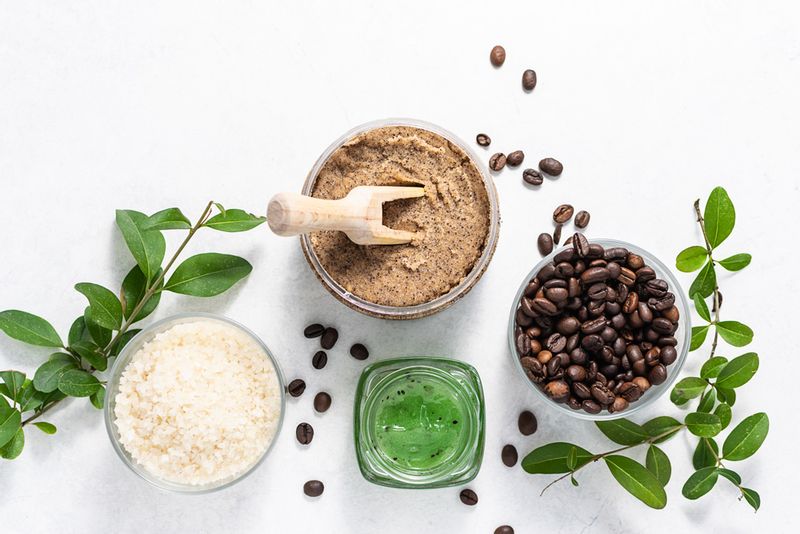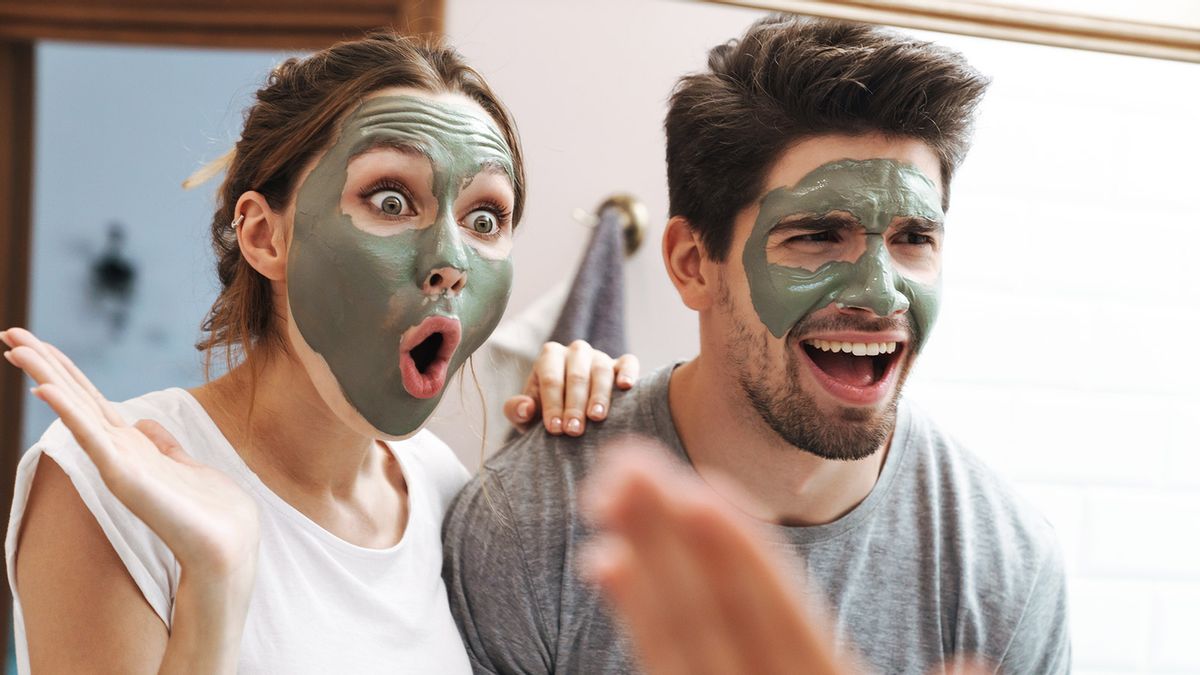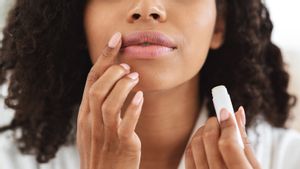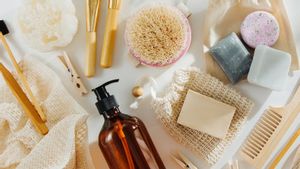In today’s day and age with social media booming, there is no dearth of self-proclaimed beauty gurus, some sadly with no valid qualification. However, for a common man, it is easy to get sucked into the all-natural DIY recommendations by them. Most experts caution against this. I myself have seen a number of side effects post DIYs now, since people have ample time during the lockdown to try them out.
Understand your skin
First, understand that our skin is made up of the upper epidermis and lower dermis. The upper epidermis has many layers of cells. The topmost layers, composed of dead cells, lipids, protein keratin, urea, salts and 30 per cent water, together form the stratum corneum. They also make up the skin’s natural moisturising factors (NMF). The stratum corneum forms a barrier like wall that protects the skin and prevents toxins from entering. When you try the DIYs without knowing your skin type, this stratum corneum and NMF can be damaged. Our skin type changes with climate, hormones, age, stress, smoking, certain medicines, and creams. So, if you make a mistake in identifying your skin type and apply the wrong product, you may develop a rash or burn or allergy, or even irritant contact dermatitis which may lead to hyperpigmentation and scarring.
We also have openings of sweat glands and oil glands called pores on the skin surface. These help in the natural excretion of sweat salts and sebum. There are approximately 20,000 pores just on the face. If these pores get blocked courtesy of your DIY, it could lead to acne, folliculitis, infection, milia or sometimes even cysts.
People love to experiment with home remedies for any ailment not just for the skin. With the internet easily accessible and hundreds of websites giving home remedies, the risk of skin allergies, scarring, irritant contact dermatitis, post-inflammatory hyperpigmentation have gone up. People love anything natural even if it is as caustic as lime (calcium hydroxide).
Some DIYs you need to be careful of:
1. Rubbing lemon on the face or using lemon juice in face packs

Lemon has a pH of about 2, it is very acidic and can damage the protective barrier of the skin and alter the skin pH which is about 4 - 5. This can also make the skin more sensitive and lead to rashes and hyperpigmentation.
2. Toothpaste on pimples
Toothpaste contains ingredients, like hydrogen peroxide, fragrances, alcohol, baking soda, and sorbitol, which dry the skin and result in skin irritation and even chemical burns.
3. Baking soda
Baking soda is extremely alkaline. Not only does it dry the skin out, it can also cause certain types of bacteria to grow leading to skin infections.
4. Fruit extracts
If your skin is dry or flaky, or if you are on acne medication, do not use fruit extracts, potato, or tomato juice and lime juice on the skin. These will dehydrate the skin and make it more sensitive. It could even lead to irritation.
5. Malai and milk

If you have oily skin, avoid malai (milk cream), milk and oils on the face. These will clog pores and give rise to more whiteheads.
6. Lack of hygiene
If any of your ingredients are old, or the containers are not clean or your spoons/hands are dirty, you may develop boils/ infection.
7. Tomatoes
Rubbing tomatoes on the skin or using them in masks, will again irritate the skin as the pH though acidic, does not match with the skin.
8. Cinnamon and garlic
Avoid applying cinnamon paste on your skin to reduce dark spots or acne. This can actually damage the deeper layers of the skin and cause burns and permanent scarring.
9. Facial scrubs

Using ground-up walnut shells and sugar scrubs as facial exfoliants will damage the protective barrier layer of your skin and make it more sensitive.
While some DIYs may be beneficial for some skin types, others may experience adverse effects with the same recipe. There is no “one size fits all”. Thus, it is always better to have your skin evaluated and seek guidance from a professional even if you feel like trying out DIY skincare once in a while.
 Dr Jaishree Sharad is a celebrity dermatologist, founder of Skinfiniti by Jaishree, and the author of two books, Skin Talks and Skin Rules. |




